Living Cycles in Regenerative Architecture: Lessons from the Goetheanum
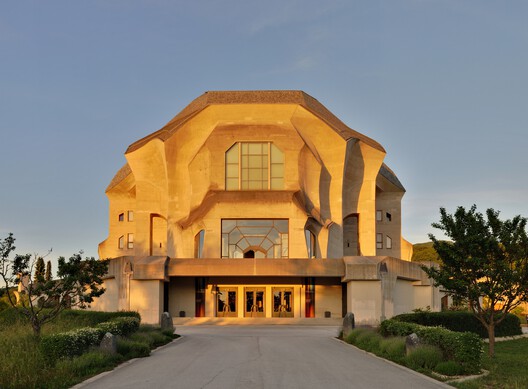
 Goetheanum from West. Image © Wladyslaw Sojka via Wikimedia Commons
Goetheanum from West. Image © Wladyslaw Sojka via Wikimedia Commons
As climate uncertainty and ecosystem changes reshape design priorities, architecture plays an increasingly active role in these discussions, rather than merely observing. Within this perspective, the idea of making a "re" encourages a conscious step back to rethink, reconnect, and realign the relationship between buildings and their environments. This approach, central to regenerative architecture, extends beyond specific technologies or scales, encompassing everything from master plans that aim to re-naturalize cities to national pavilions that combine art and science.
What is the way forward? On the one hand, many current discussions emphasize technology; on the other, there are approaches that, rather than being in opposition, complement one another and broaden the range of possibilities, drawing on tradition, ancestral knowledge, and a profound understanding of the environment. Among these perspectives, the work of Rudolf Steiner and the anthroposophical movement, developed in the early 20th century, offers a vision and insights that connect architecture with ecological rhythms, materials, and community life.













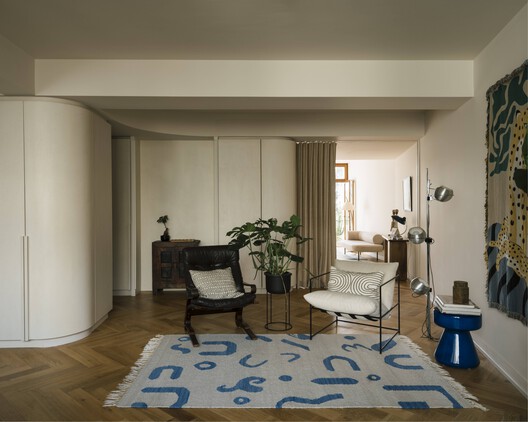
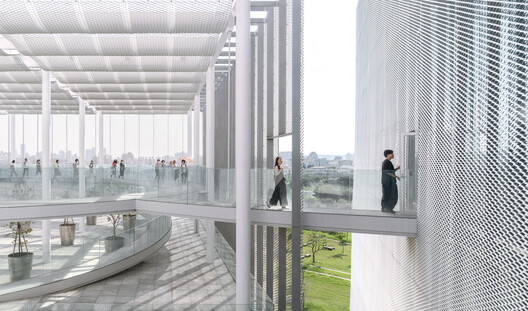




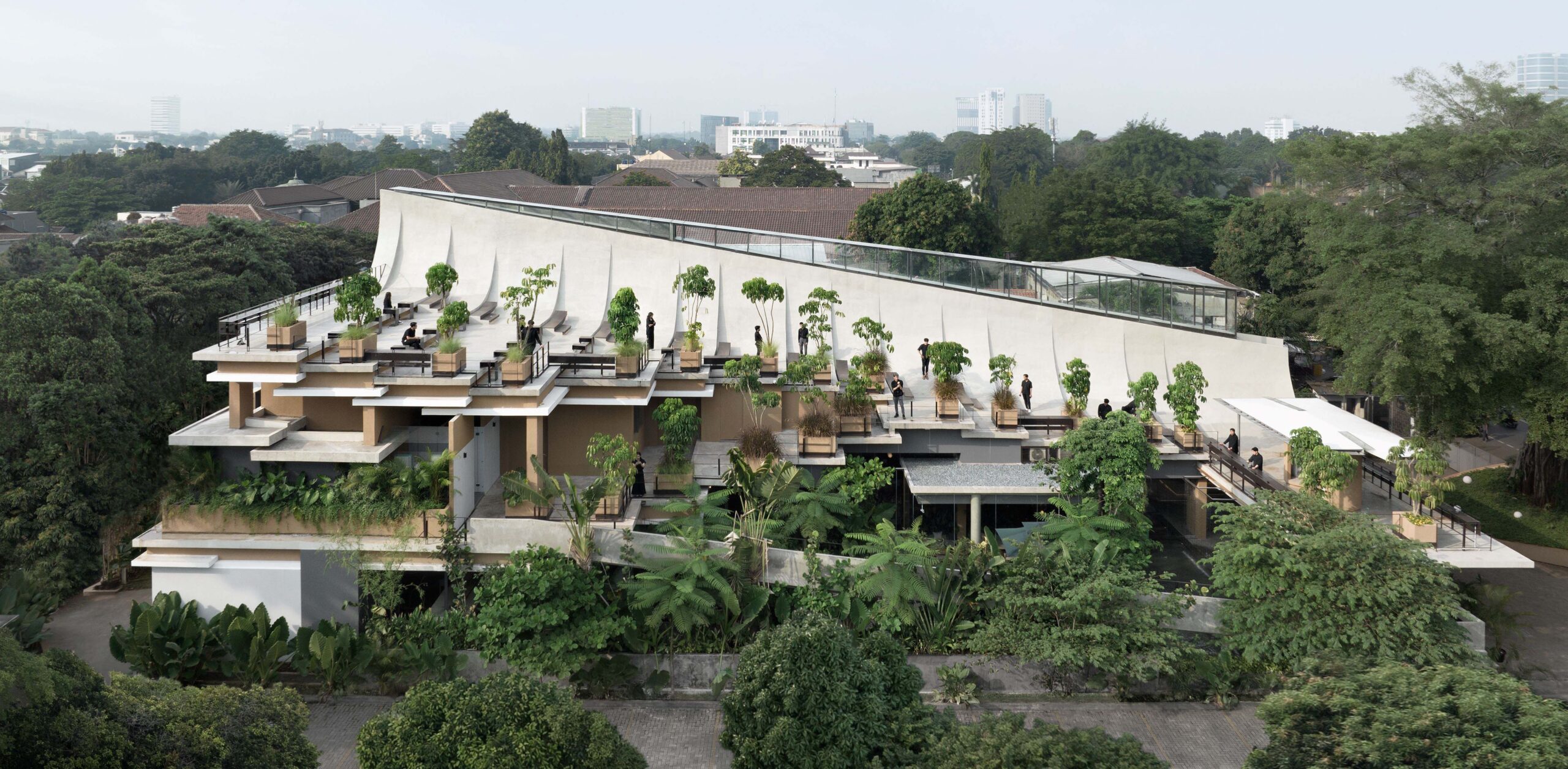

















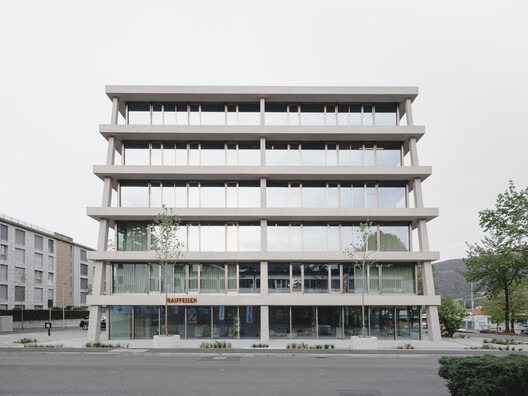

![Tanpopo Restaurant / TRAIL [practice]](https://images.adsttc.com/media/images/6942/797e/c3f4/d500/0127/6d68/medium_jpg/1497_TANPOPO___Margarita_Nikitaki_3000px.jpg?1765964192#)











